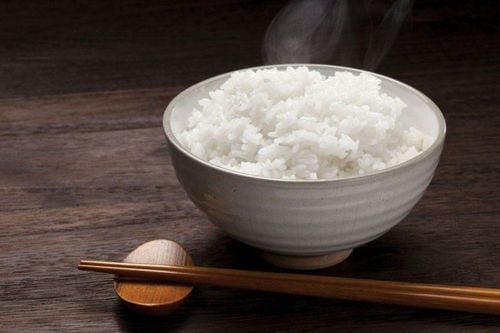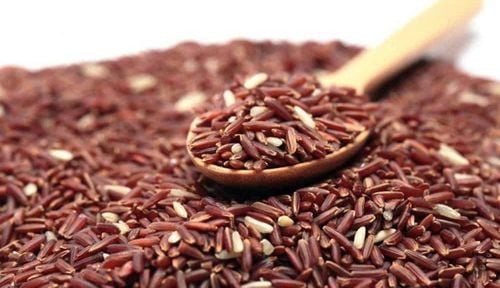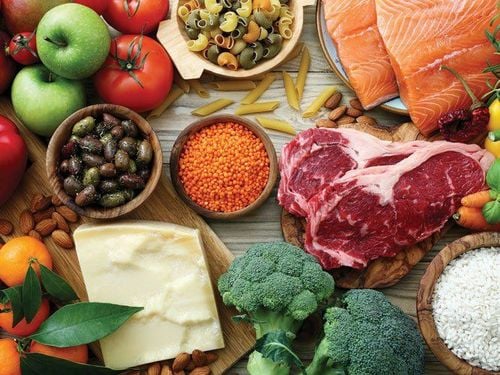This is an automatically translated article.
Most breads and cereals, including whole grains and grain breads, are too high in carbs to be included in a low-carb diet. However, with rye bread, the opposite is true. The article will provide more information about the benefits of rye bread in weight control as well as some common diseases.1. Can whole wheat bread make you gain weight?
Win the weight loss battle by controlling your diet, but don't overdo bread and other refined grains in your daily diet. Several researchers have mentioned that white bread, crackers, crackers and other refined grains have become symbols of the struggle with weight control. However, when you use whole grains can benefit the right weight loss strategy.In one study, people who followed a lower calorie diet that included whole grains, such as wholemeal rye bread, or rye bread, lost more belly fat than those who ate only whole grains. refined foods in the daily diet, such as white bread and white rice.
Whole grains provide more vitamins, minerals and fiber than refined grains. But overusing wholegrain rye bread can also add weight. So, you should calculate accordingly to your daily calorie intake.
2. Bread and type 2 diabetes
Use less starchy foods like bread, including wholegrain bread and less red meat, processed foods and sugary drinks - along with increasing your intake of fruits, vegetables, whole grains, fish and Poultry - reduces the risk of type 2 diabetes.Eating any type of carbohydrate raises blood sugar. But not all carbs are created equal. Sugar and refined grains raise blood sugar more quickly than complex carbohydrates, found in foods including beans and other vegetables.
Complex carbohydrates are digested more slowly and their ability to cause blood sugar spikes is limited, say the researchers. These circumstances can be especially important for people with type 2 diabetes. In type 2 diabetes, your body has problems controlling blood sugar.
Cutting down on refined grains, such as white bread, and eating more whole grains on the spot are good moves. Whole grain breads, especially wholegrain rye bread, have more fiber than refined ones, and the fiber helps slow down the absorption of carbohydrates consumed in the same meal or snack.

Ăn bánh mì đen nguyên cám có thể giúp bạn giảm mỡ bụng
3. Bread and Gluten Intolerance
Gluten Free Diet: Bread has been going bad for a long time. The situation is even worse now because of so much negative press about gluten, the protein found in wheat, rye, and barley.Some people cannot tolerate gluten because they have celiac disease. The immune system in the body mistakes gluten as a dangerous factor, causing an attack reaction in the body. For people with celiac disease, avoiding any source of gluten — found in many products besides bread — is an absolute must.
Celiac disease is being diagnosed more and more often. Many other people who don't have celiac link their stomachaches and fatigue to gluten. This is called non-celiac gluten sensitivity, which is more common than celiac disease.
To find out if you have celiac disease, see your doctor. If you don't have celiac disease and want to give up gluten to see if it helps your stomach, see a dietitian to help monitor your symptoms and make sure your diet is free. Your gluten is healthy.
4. How much bread is too much to use?
Those following a 2,000-calorie eating plan need six servings per day from the cereal group, which includes all bread, pasta, oatmeal, breakfast cereals, tortillas, and ice cubes. At least half of these foods should be whole grainsRemember portion sizes. A bagel can provide 85 - 142 grams of cereal, which would make up more than your grain intake for the day and if it's not a whole grain bagel, you may find it hard to achieve your health cereal goals.

Bạn cần kiểm soát lượng bánh mì đen trong thực đơn để giảm cân có hiệu quả













